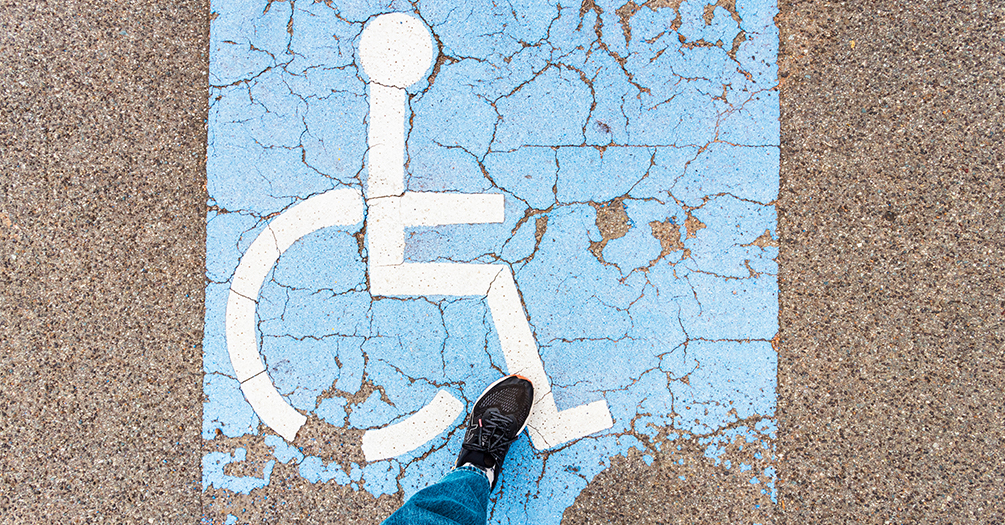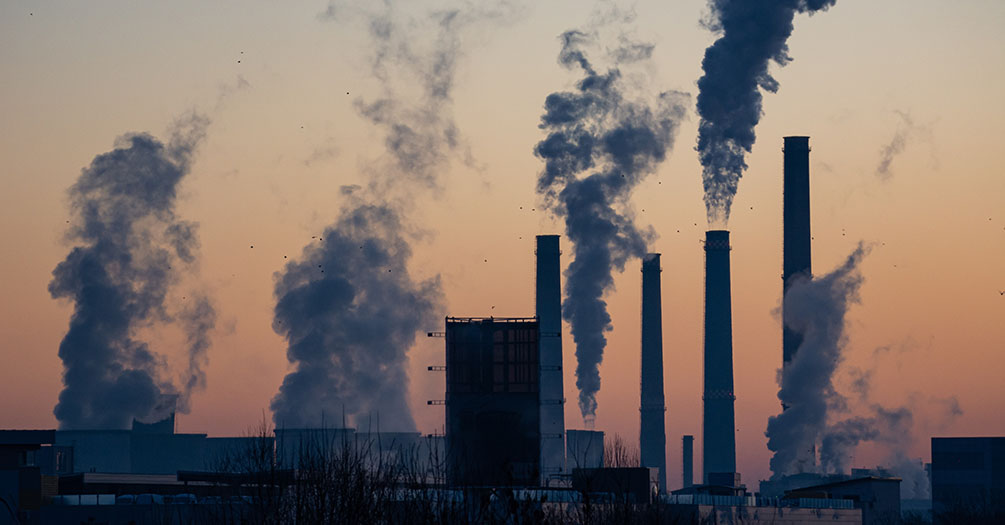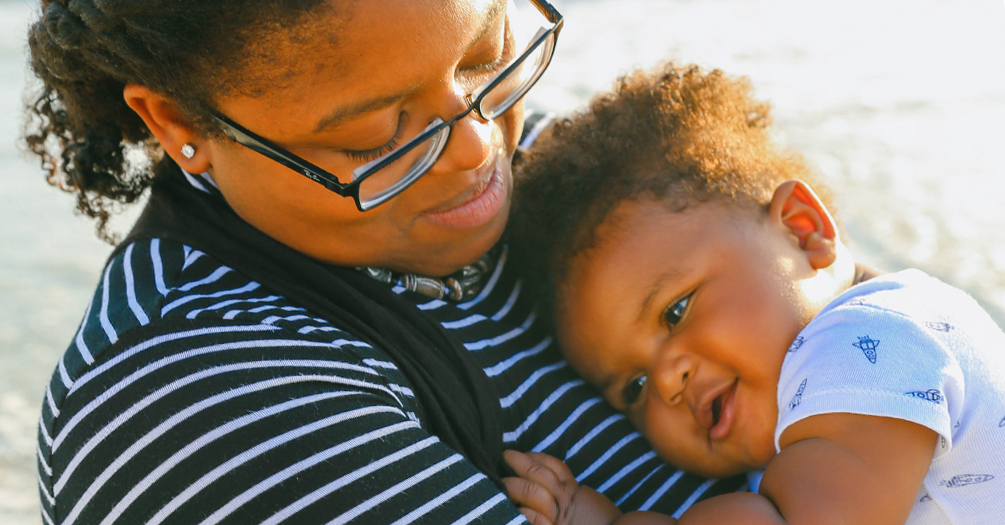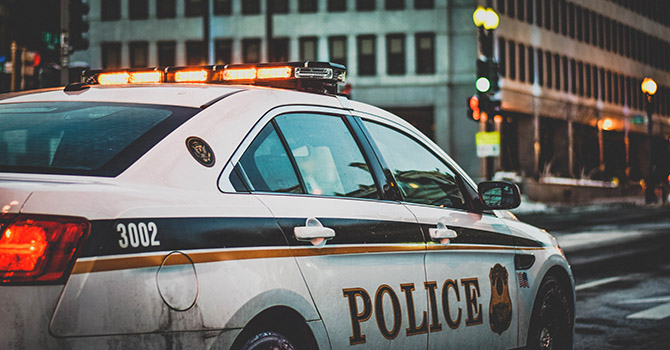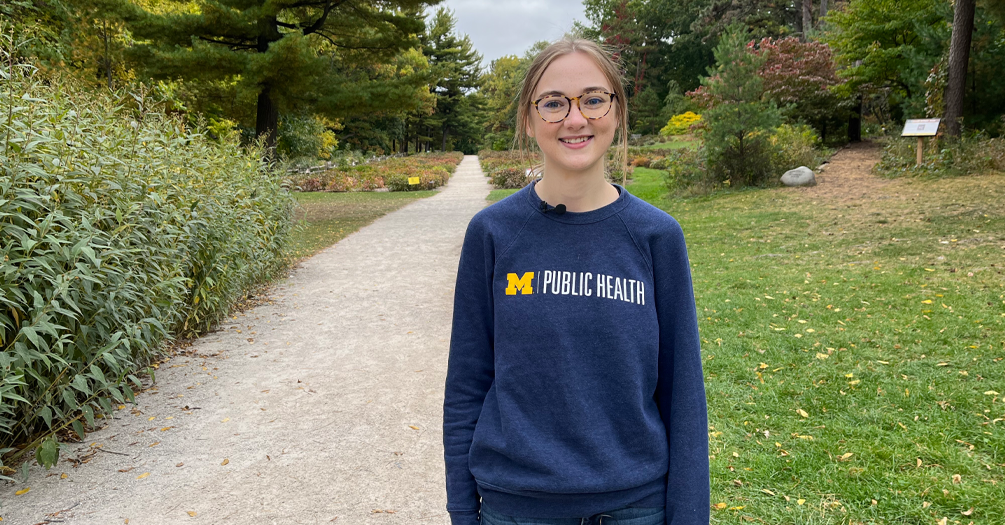
Take a moment for yourself: Tips for mental wellbeing
Cindi Thronson
Mental health is incredibly important for students, and college students have a tendency of prioritizing everything else above their mental health. Cindi Thronson, a master’s student in Health Behavior and Health Education and a Wellness Coach with the University of Michigan’s Wolverine Wellness, shares some tips for improving your mental wellbeing.

